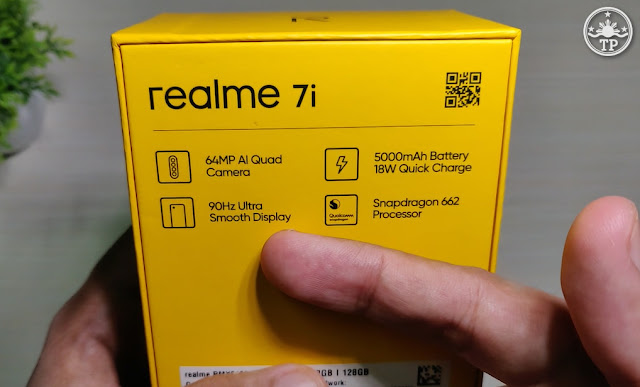What Does Refresh Rate Mean? Does 90Hz or 120Hz Refresh Rate on Smartphone Screen Matter?
Being a tech blogger for more than a decade now, I witnessed first hand the
evolution of features that consumers look for in a handset.
During Nokia's heydays, it was design and form factor. Users merely wanted a
phone with exterior features that reflect who they are or their aspirations in
life. High-end consumers wanted sleek, metal-clad devices while young ones
opted for those with vibrant colors.
When the Finnish Giant released their much-talked-about N-Series phones with
stellar imaging capabilities, consumers started embracing handsets that can
double as their point and shoot cameras. Suddenly, mid-level to top-tier
consumers were looking for phones with high-resolution cameras and faster
processor for rendering images.
The rise of Android smartphones during the early 2010's heralded new "wants"
by mobile consumers. The market saw a clamor for larger and higher-resolution
displays with thin bezels, multi-core processors, high amounts of RAM and
internal storage, multi-camera set-ups, and larger battery packs.
These days, with Apple and Samsung leading the pack in creating smartphones
with stellar video recording capabilities, buyers started looking for enhanced
stabilization, better HDR, and top-notch low-light performance when shooting
clips using merely their daily handsets.
Isn't it amazing how far we've gone in terms of mobile device features?

One feature that handset makers, including hotshot tech brand realme,
are promoting to consumers is High Display Refresh Rate, usually at
90Hz or 120Hz.
realme even prints this at the bottom of their current smartphone releases,
including the popular realme 7i
As a result, many of you have been messaging me and asking me what exactly
this "90z Ultra Smooth Display" feature means. Does it even matter? Will this
improve your overall mobile experience?
Let me answer all your inquiries in one go.
Essentially, Refresh Rate - which is measured in Hertz (Hz) - is the number of times per second that your display or screen will show
new information or frames. Refresh Rate is usually determined by both
display type and processor working in tandem.
In everyday usage, you can appreciate this when viewing home-screen and
multitasking panel transitions on your smartphone as well when you are
scrolling through icons in the app drawer. Because more frames or
information can be shown on a high-refresh-rate screen, you get a more
fluid or buttery-smooth visual experience as well as seemingly more responsive touch
input.
However, it is in mobile gaming where I believe this technology will come
into full blossom.
As our smartphones become more capable of delivering console-like gaming
experience and as our internet connection speeds improve, I'm sure developers
will come up with new 3D titles that will support ultra-high frame rates up to
120 fps for life-like animation.
In fact, as early as now, there are already numerous 120fps games that can be
downloaded from Google Play Store. These titles include
Marvel Contest of Champions, Pokemon Go, Arena of Valor, Vainglory, Minecraft, Sonic Dash 2, and even your
humble Temple Run 2.
Eventually, when even more incredible 120fps titles are released, you can
enjoy them with no lags and stuttering on your smartphone screen if it
supports 120Hz refresh rate. 90Hz is not bad too since 90fps is more than
enough for a very fluid visual feast.
So should you look for high display refresh rate on a smartphone?
Well, I think it's a must-have in the flagship or high-end price category
these days. I think almost all new handset models in the PHP 40,000+ bracket
already have at least 90Hz refresh rate. Now, if you can get this feature on
a smartphone that costs less than PHP 20,000, I think it's a real treat that
you shouldn't pass on.

